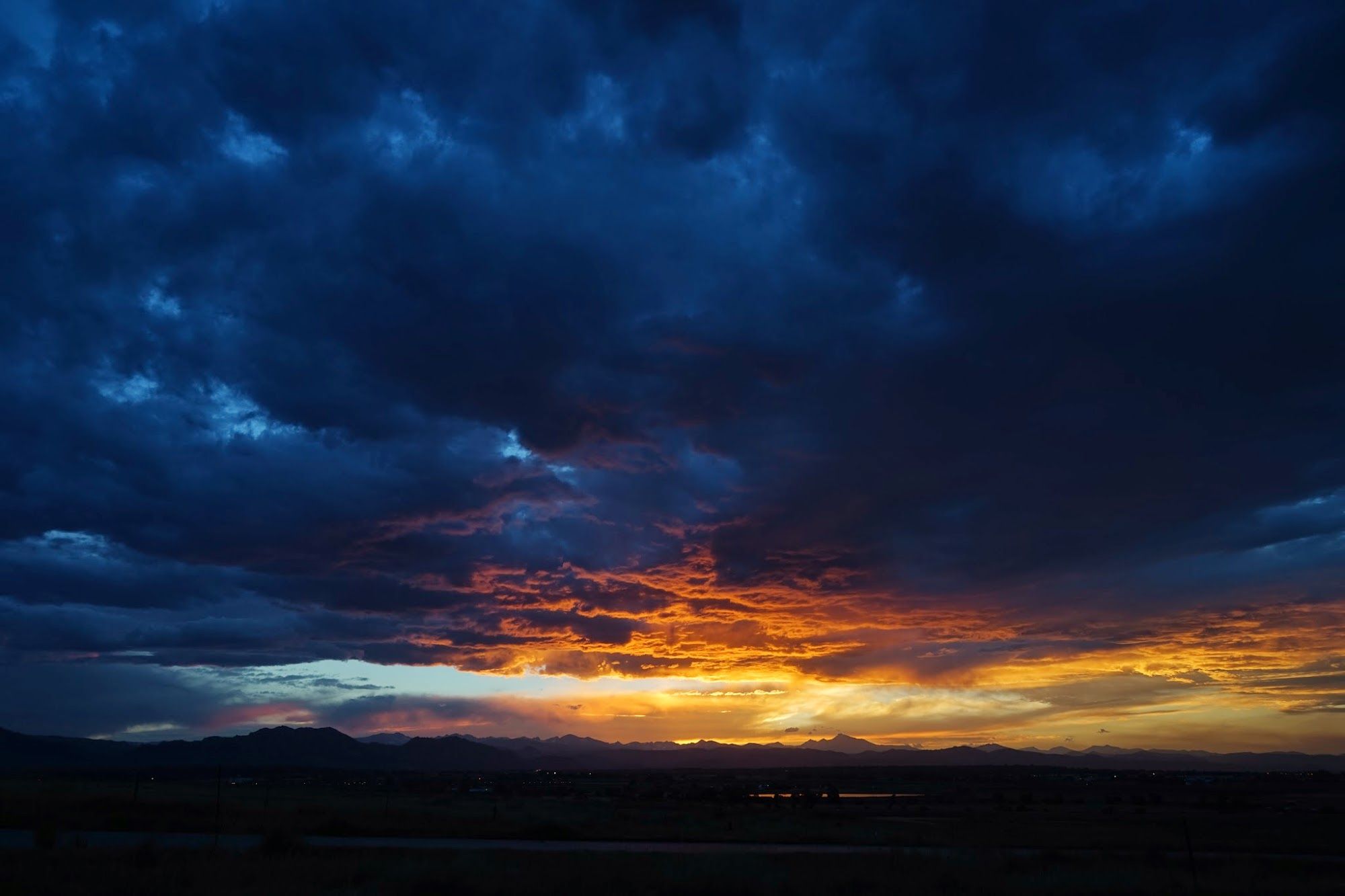Sony Alpha 7 (A7) Review


I've spent a week shooting with the full-frame Sony Alpha 7. I spent a few months with the Panasonic GX-7, but wound up shelving it (the UI was a hard-to-use mess, and the sensor isn't full-frame (something I realized I couldn't give up)).
Overall I'm really impressed with the Sony. I bought it thinking it would be a more day-to-day camera that I could more easily sling over my shoulder instead of a full weight/size DSLR (I have the Canon EOS 6D for that). I'm starting to think it might become my full-use camera however. I need to spend more time with it before knowing if it can fully displace my 6D though. No matter how things fare with the Sony, I'm not sure I'm going to be able to give up the analog/optical viewfinder of a true SLR. Time will tell.
I have a non-trivial investment in Canon lenses, so I've been using the Metabones lens adapter which allows me to use them on the Sony. Having two completely different sets of lenses feels a tad excessive.
Pros:
- Size. It's a smaller and lighter full-frame camera.
- The dial controls for adjusting aperture and shutter speed are solid, consistent, and well placed.
- Amazingly sharp exposures and overall exposure quality is fantastic! Great color and depth.
- Focus peaking when in manual focus mode is super cool.
- Battery life.
- ISO 50. I'm a huge fan of super low ISO levels, so being able to go down to 50 has been fun.
- Monitor display. High quality and pivots around really well.
Cons:
- Bracketing. I do a lot of landscape photography and bracketing is my standard method of taking exposures. While the Sony supports a few methods for HDR/Bracketing, it lacks a critical feature. The A7 doesn't take the successive exposures automatically with a single shutter-button press. Instead, you have to hold the button down with your finger while the exposures are captured. That means the exposures are highly likely to be shaken while you're holding the button down, and also that you have to sit there with your finger on the button while they're being taken. That can be awhile if you're doing really long exposures. I'm hopeful that they resolve this through a firmware update as I don't see any reason they can't support the single-press-to-multiple-exposures approach Canon has taken. A few blog posts have suggested that Canon remains the gold standard for bracketing support. This is an odd misfire in functionality by Sony. So easy to get this right, it's odd they got it wrong.
- Angular body. The body has some strong angles and corners on it which means it can uncomfortably dig into you while thrown over your shoulder with the strap.
- The metering light is so close to your finger on the grip that you have to be careful not to interfere with it when shooting.
- The lens mount on the body has some play in it so even when lenses are locked in place, they can twist ever so slightly. It's not a big deal, but it doesn't feel as tight as the 6D.
- The strap mounts interfere with your grip when you're holding the camera; an odd design oversight.
- The iOS control app is pretty lame.
For now, I'm toting the A7 around with me all the time; it's a great camera. I'm going to see if using a wired remote to trigger the shutter for bracketing solves my issues with how it shoots HDR. If I can resolve the bracketing stuff, then the only thing standing between me and using the A7 as my full-use camera will be the fact that it actually is mirror-less. Not being able to see the analog light coming through a viewfinder is tough; I find myself wanting to see what I'm shooting.
